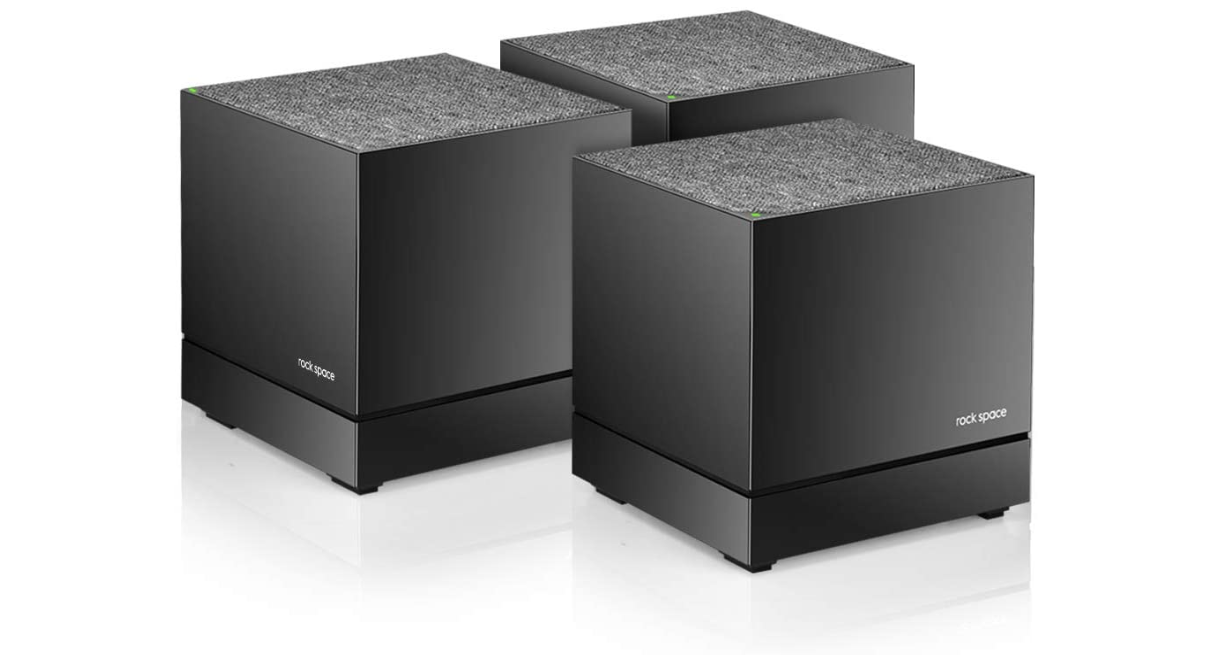'ZDNET Recommends': What exactly does it mean?
ZDNET's recommendations are based on many hours of testing, research, and comparison shopping. We gather data from the best available sources, including vendor and retailer listings as well as other relevant and independent reviews sites. And we pore over customer reviews to find out what matters to real people who already own and use the products and services we’re assessing.
When you click through from our site to a retailer and buy a product or service, we may earn affiliate commissions. This helps support our work, but does not affect what we cover or how, and it does not affect the price you pay. Neither ZDNET nor the author are compensated for these independent reviews. Indeed, we follow strict guidelines that ensure our editorial content is never influenced by advertisers.
ZDNET's editorial team writes on behalf of you, our reader. Our goal is to deliver the most accurate information and the most knowledgeable advice possible in order to help you make smarter buying decisions on tech gear and a wide array of products and services. Our editors thoroughly review and fact-check every article to ensure that our content meets the highest standards. If we have made an error or published misleading information, we will correct or clarify the article. If you see inaccuracies in our content, please report the mistake via this form.
Hands on with the Rock Space home mesh system: for anyone with poor Wi-Fi coverage indoors


Rock Space home mesh wifi system
pros and cons
- Simple to install
- App connects and works well
- Dual band
- Guide could explain more about bridging to router
If you can not get Wi-Fi in certain parts of your home, there are two things you can do: Install repeater routers that connect to the main router to extend coverage, or you can install a Wi-Fi mesh.
Installing a mesh Wi-Fi system in your home or office, will eliminate any Wi-Fi dead zones to give you strong Wi-Fi coverage throughout your home or office.
One of the mesh units links directly to the main modem – the primary mesh node, or hub. The other secondary nodes rebroadcast the signal from the hub unit to make the whole space efficient and give coverage where you want it.
My old house has thick brick walls between each room, meaning that I need Wi-Fi repeaters all over the house – even though these systems all have the same password, I lose signal moving from room to room. I needed a mesh Wi-Fi.
The Rock Space home mesh system will cover up to 5380 square feet at up to 1200MBps which will cover a three storey house according to Rock Space. If you have a larger house or office, you can buy two packages containing six mesh nodes which will cover up to 9000 square feet.
The package contains three cube shaped devices, all with power adapters. The cubes are just under 4 inches in size and have a hard fabric surface and an LED indicator light to indicate signal strength.
In the box there is also an Ethernet cable to connect to the main router in bridge mode, and an installation guide. The mesh will broadcast on both 2.4GHz and 5GHz and has WPA-2-PSK security by default.
Top ZDNET Reviews
The guide did concern me. It advised me to power down my modem and remove its battery if it had one. My main modem is factory configured by my provider, and must not be tweaked at all. I was not prepared to remove any battery from the modem.
However, I did switch the modem off for safety whilst I connected the primary mesh node – even though on my modem model this was not strictly necessary.
I downloaded the Rock Space app, logged in, and switched on the first mesh node. I added the SSID of my Wi-Fi network, and added the password. The unit initialised, taking about 40 seconds to connect.
When the light went solid green, then I added the other nodes, placing them near the poor Wi-Fi zones in the area.
Once the nodes had initialised, each node indicated on the app what signal strength the node was receiving. Positioning the nodes in the appropriate place around the house meant that my signal maintained good steady strength wherever I happened to be.
The app allows you to set up a guest network and password, provide parental controls, configure Quality of Service for your priority functions such as gaming or browsing, or set time limits for access.
The mesh nodes were simple to set up and configure. Everything connected to the app perfectly and everything worked well.
If you feel that you are not techy enough to configure a mesh system, then the Rock Space could be perfect for you. you will get decent Wi-Fi wherever you need it – even outside.
All in all, I wish I had installed a mesh system years ago. All that faffing about could have been eliminated had I simply installed a mesh. And for under $140, the Rock Space mesh Wi-Fi system, this will do just fine.